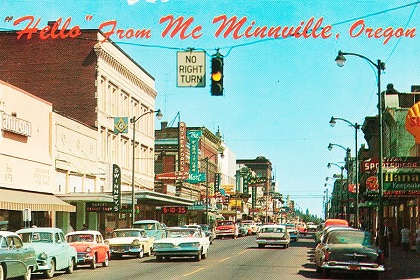Population increases pressure even the x-urbs
McMinnville is typical of Oregon towns in many ways.
It is running out of land zoned for residential and business development. In 2003, McMinnville identified the need to expand its Urban Growth Boundary by 1,188 gross acres (890 buildable acres). Of that 890 buildable acres, 537 were identified for housing needs. 1000 Friends of Oregon, a deep-pocketed environmentalist group and others opposed any increase.
McMinnville was allowed to bring in 217 acres of rural residential land to its UGB to serve its housing needs as a result of this effort. Not one acre of that 217 has been annexed by the city nor been developed to serve McMinnville’s housing needs.
The city has increasing need to fund PERS and health care for retired staff. Increased expenses can be met by new property taxes on new development or by raising taxes on existing property owners. With new development all but halted, the laws of supply and demand have driven the average cost of an average home in the city to over $400,000. Existing property owners are being financially squeezed as people leave Portland and other wealth centers for a simpler and more affordable life adjacent to first class health care and services.
McMinnville once again wishes to apply to the Land Use Board of Appeals for an enlarged UGB. The process will take time and millions of dollars with the outcome dubious at best. Our land use laws, strictest in the nation, have not changed substantially in 43 years. The UBG acreage was allowed to increase 10% in that time while the population has doubled.
One other effect of tight-fisted urban expansion policies is that they favor the "haves" over the "have nots." People who own property have an investment whose value consistently outpaces inflation. People who don't own property -- younger families and people who are disadvantaged for some reason -- get left behind as the price of real estate is out of reach.
--Tom Hammer| Post Date: 2020-10-12 09:07:20 | Last Update: 2020-10-12 16:56:59 |






